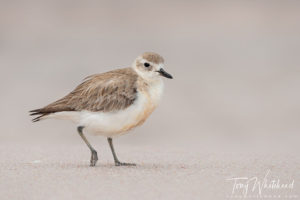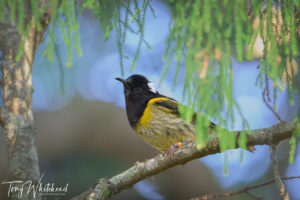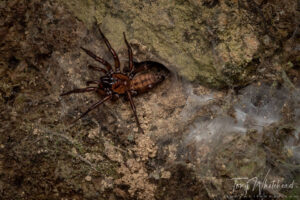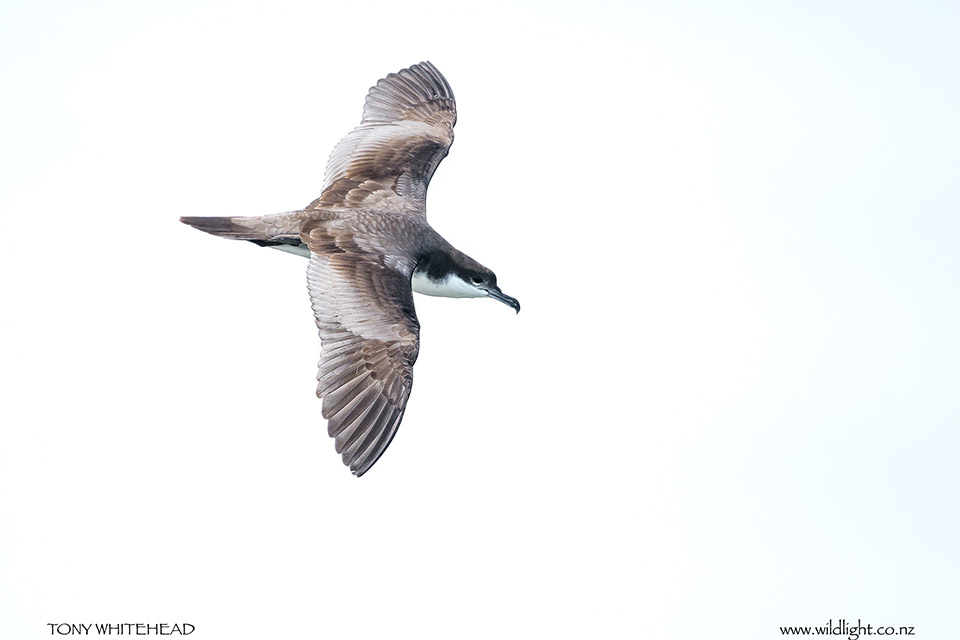
Buller’s Shearwater (Puffinus bulleri) is a large/medium endemic seabird that breeds only at the Poor Knights Islands off the eastern coast of Northland New Zealand. They have a long slender, hooked beak typical of shearwaters and are significantly larger than the Fluttering Shearwaters we looked at last week.
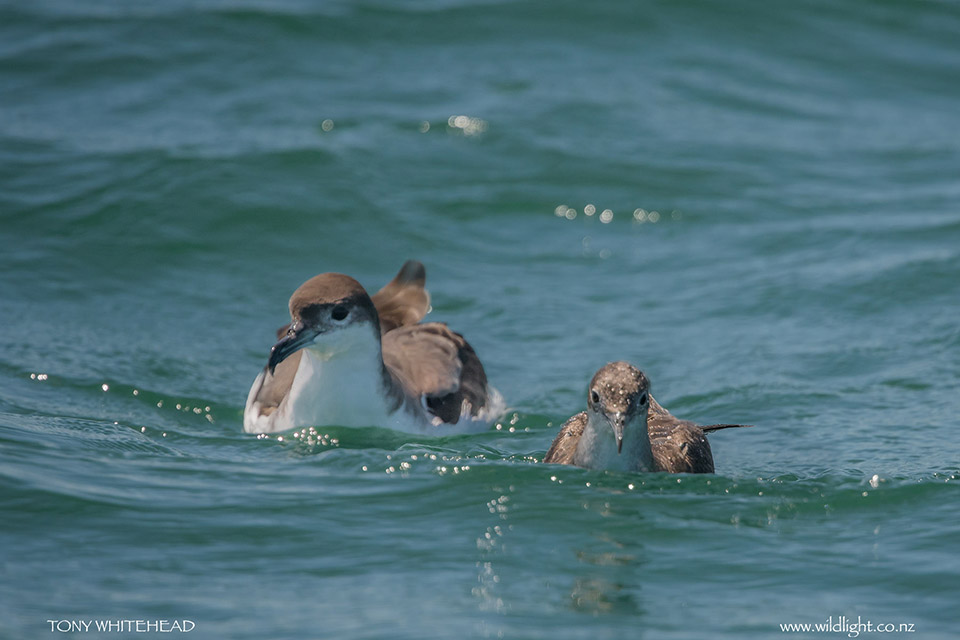
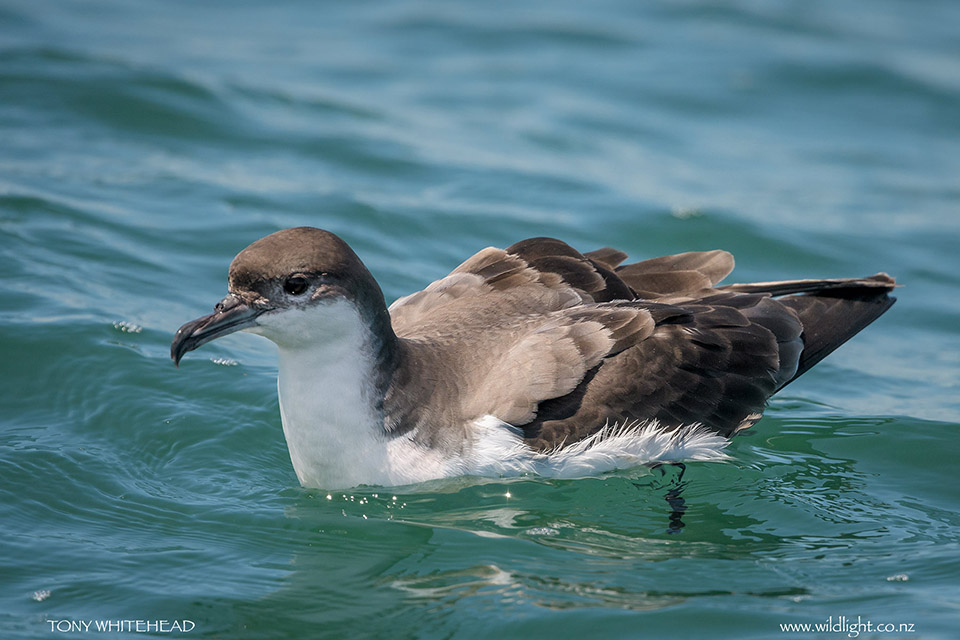
They are attractive birds with grey/brown and white patterned plumage. They have a V pattern over the upper wings reminiscent of the pattern seen on Prions. They are common in the Hauraki Gulf and Bay of Plenty but after the breeding season disperse to the northern Pacific east of Japan and off California. Their conservation status is listed as Naturally Uncommon. They are easy to identify due their size and plumage pattern and are often seen with flocks of Fluttering Shearwater and Fairy Prion feeding at workups of Kahawai or Trevally feeding on krill, baitfish or salps. To my eye they seem to have a front-heavy appearance.
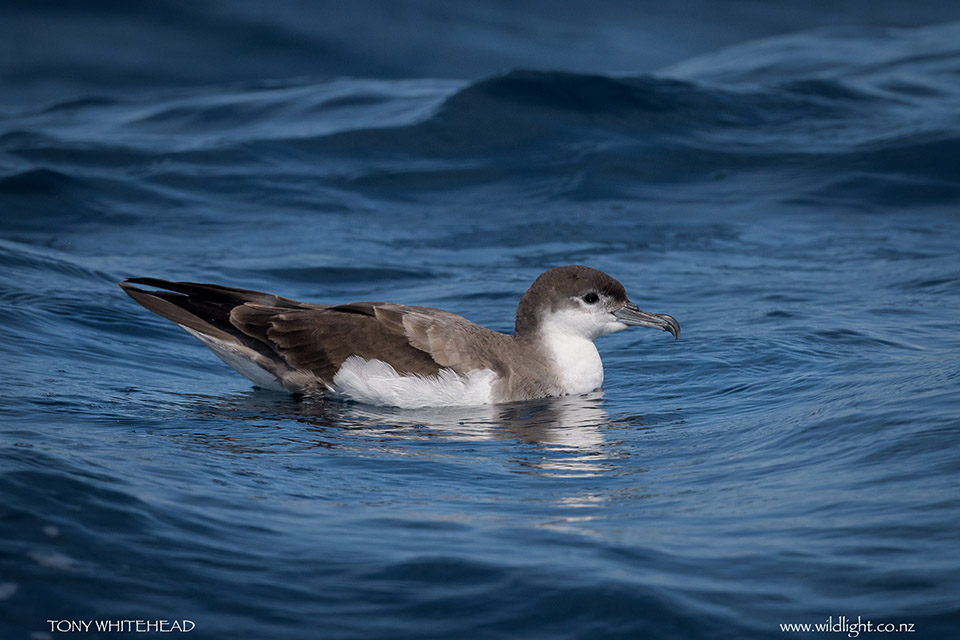
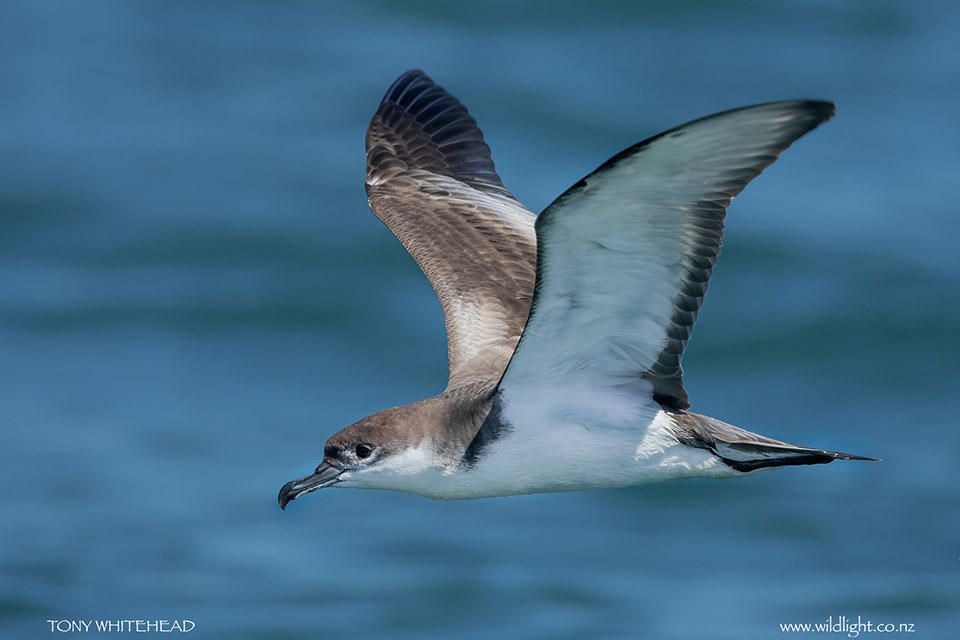
Buller’s Shearwaters are another example of species recovery after eradication of pests from their breeding islands. Pigs were released onto New Zealand mainland and islands by Captain Cook to provide a food source. Their rooting behaviour devastated habit of burrow breeding seabirds. Despite this Buller’s Shearwaters clung on at their breeding site of the Poor Knights but their population dropped into the 1000s in the early 20th century. Pigs were eradicated for the Poor Knights in 1936 and the Buller’s Shearwaters have bounced back with 1980’s population estimates being 2.5 million birds with over 200 000 breeding pairs. The Northern New Zealand Seabird Trust have been working on an updated population assessment and results should be available in the near future.
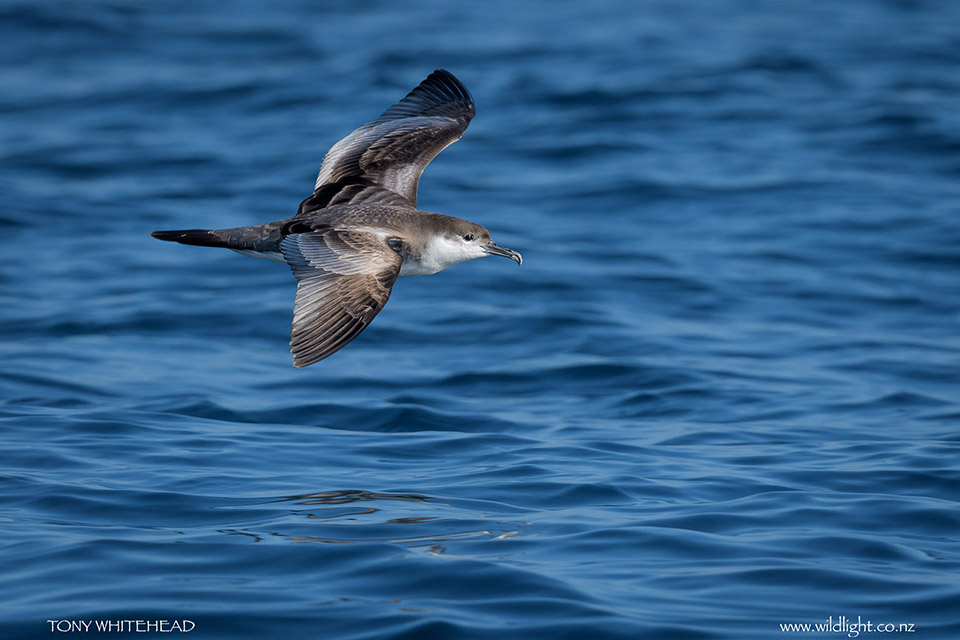
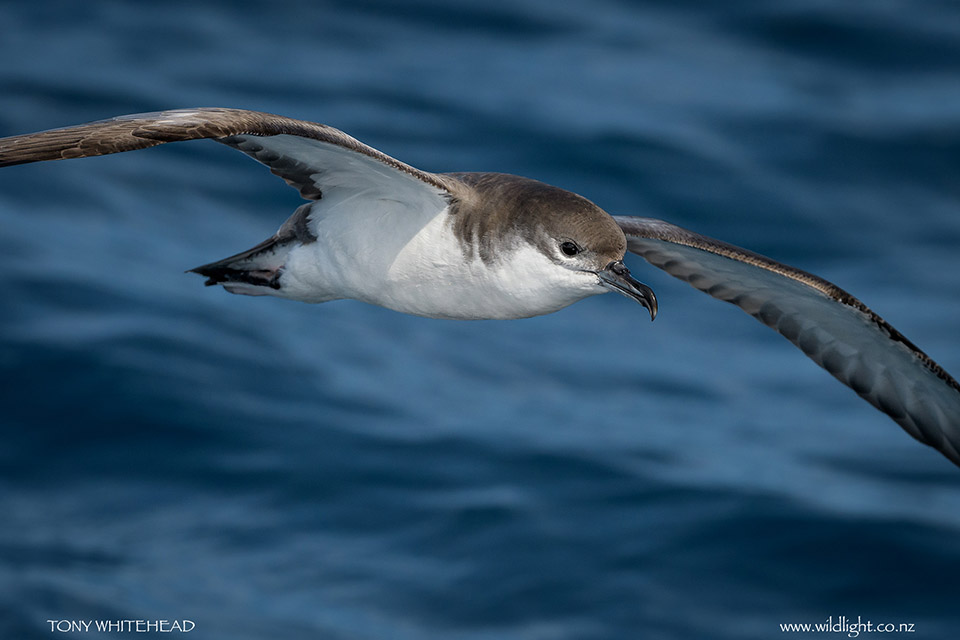
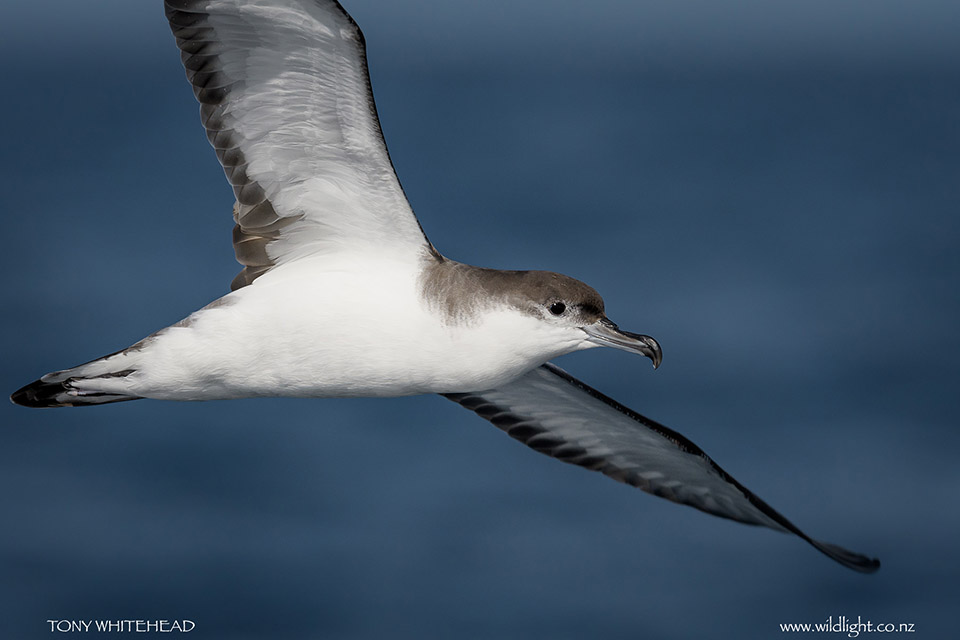
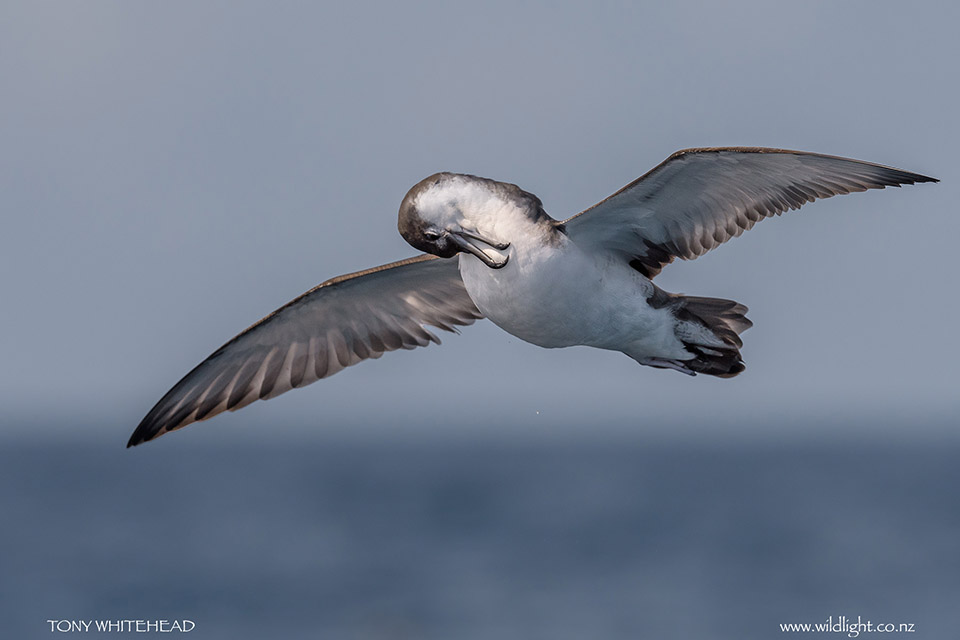
All photos with Nikon D500, Firth of Thames images with Nikon 300mm f4PF + TC14 teleconverter, Hauraki Gulf images with Nikon 500mm f5.6PF lens.
